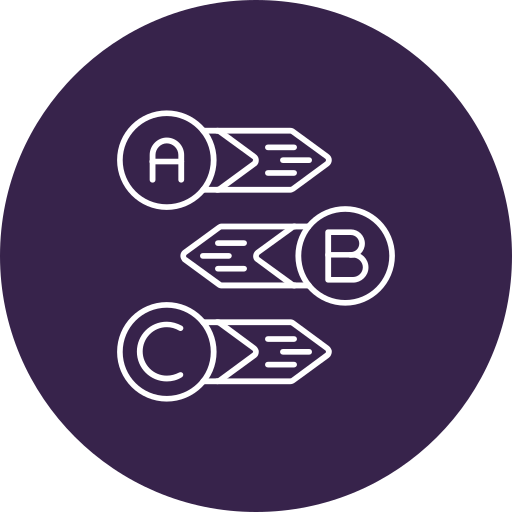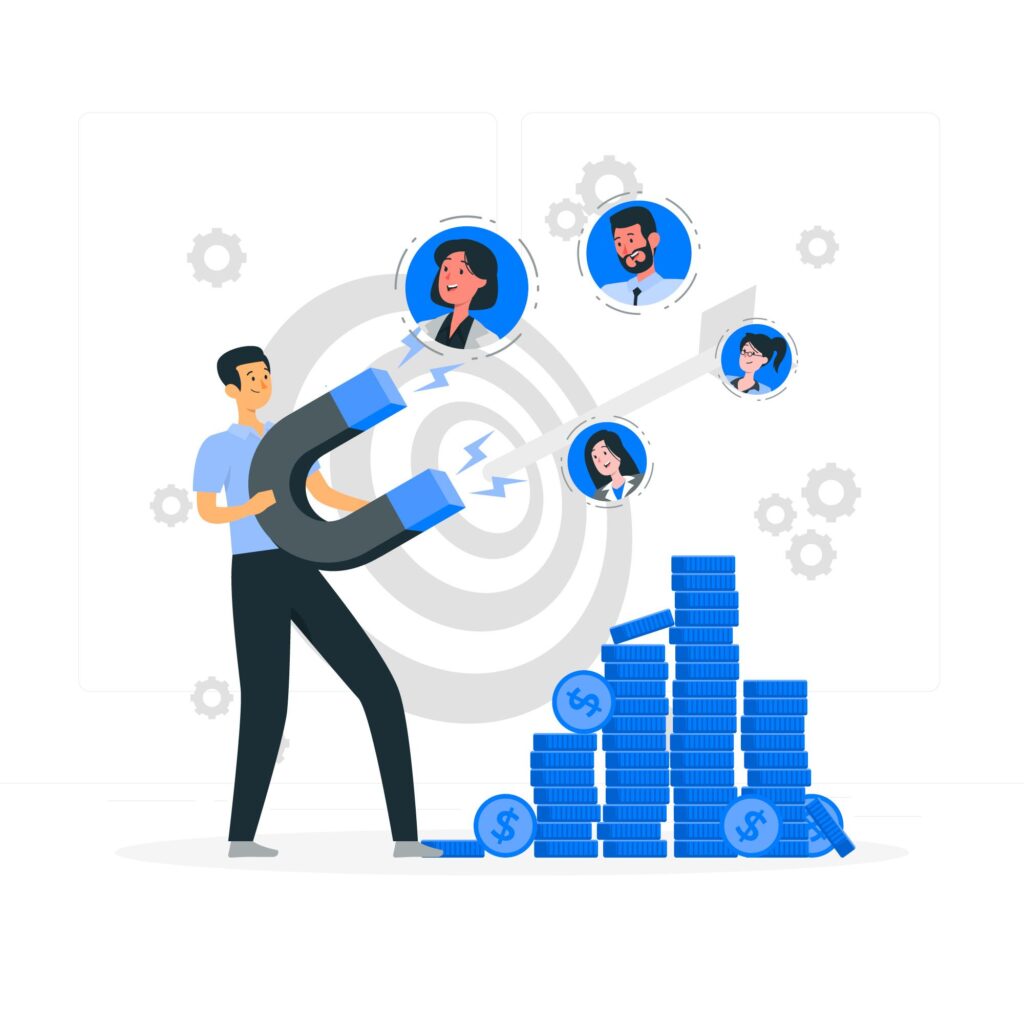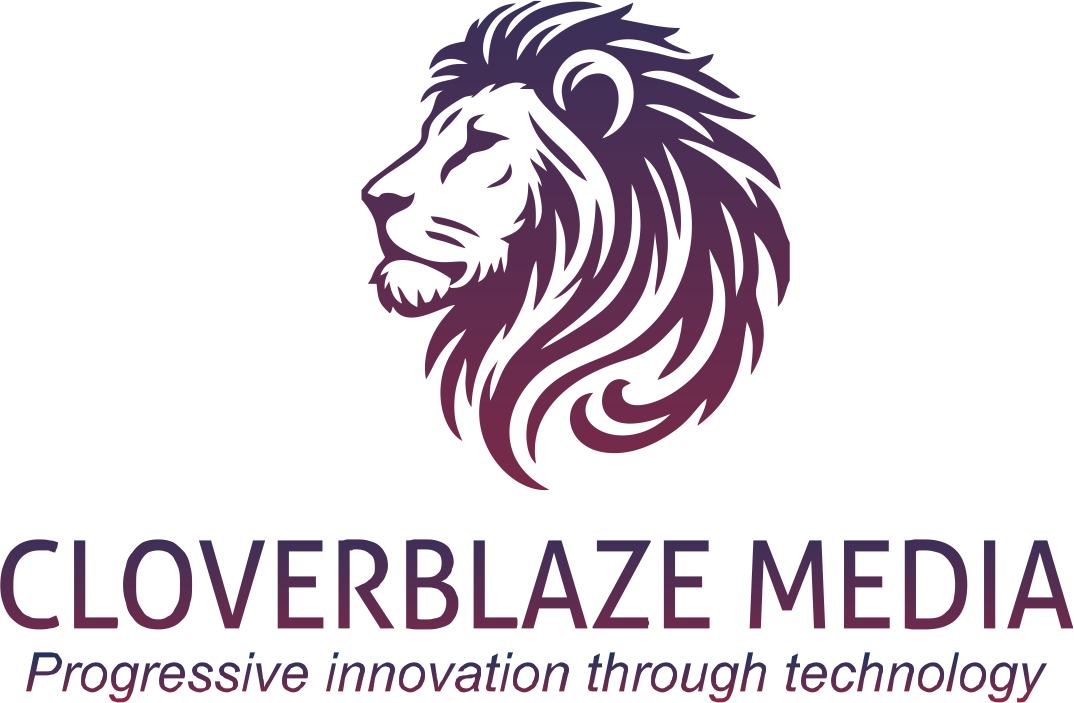Demand generation
Demand Generation
Drive Predictable Growth with Cloverblaze Demand Generation
At Cloverblaze Media, we help B2B companies spark interest, build trust, and generate high-quality leads through strategic demand generation. Our approach combines targeted outreach, compelling content, and data-driven campaigns to fuel awareness and engagement throughout your buyer’s journey.
From identifying your ideal customers to nurturing them with relevant messaging across email, social, and web, we create a tailored funnel that turns attention into action. Whether you’re launching a new product or scaling your sales pipeline, Cloverblaze delivers measurable results that keep your marketing aligned with business growth. Let’s turn interest into impact. Ready to accelerate demand? Let’s talk.
Why Demand Generation Matters in B2B
In B2B, buyers are sophisticated. They conduct independent research, compare solutions, and engage with content before they ever talk to sales. That’s why demand generation is essential—it ensures you’re not only visible when they start looking, but also credible, valuable, and trustworthy throughout the decision-making process.
Key reasons demand generation matters:
- Buyers are in control. Demand generation helps you stay relevant and top-of-mind.
- Sales cycles are long. You need consistent touchpoints to guide the buyer.
- Multiple stakeholders are involved. Your messaging must engage diverse decision-makers.
- Data-driven decisions are expected. Demand gen provides measurable ROI and optimization.


Business Benefits of Demand Generation
Leads are educated and nurtured, increasing conversion likelihood.
Better-informed prospects move faster through the funnel.
Consistent value builds trust and market presence.
Shared data and goals reduce friction.
Demand gen creates a repeatable system for pipeline growth.
Key Components of a Demand Generation Strategy

Audience Definition & ICP Development
Identify your ideal customer profiles (ICPs) based on firmographics, pain points, and buying behaviors. Understanding your target audience is the foundation of a successful demand generation program.

Content Marketing
High-value, educational content is used to attract and nurture leads. Examples include blogs, case studies, whitepapers, webinars, videos, and industry reports—all tailored to each stage of the buyer’s journey.

Marketing Automation
Platforms like HubSpot, Marketo, and Pardot allow businesses to automate personalized content delivery, lead scoring, segmentation, and nurture workflows.

Account-Based Marketing (ABM)
A focused strategy that targets high-value accounts with customized messaging, ABM aligns closely with sales to move specific companies down the funnel.

Analytics and Attribution
Measure performance at every touchpoint. From website traffic to conversion rates, robust reporting informs strategy optimization.

Lead Scoring and Qualification
Use behavioral and demographic data to qualify leads and ensure only high-potential prospects are passed to sales.
Demand Generation
Demand Generation Funnel
Middle of Funnel (Consideration)
Content: Webinars, case studies, comparison guides
Goal: Engage and nurture
Bottom of Funnel (Decision)
Content: Demos, ROI calculators, consultations
Goal: Convert and close
Top of Funnel (Awareness)
Content: Blogs, social media, infographics
Goal: Educate and attract
Each stage is supported with data tracking and automation to guide prospects to the next phase.

Value Proposition
Demand generation is not a campaign—it’s a mindset. It’s the strategic orchestration of brand building, lead nurturing, and data-driven optimization that creates consistent, long-term growth in the B2B space. Whether you’re a startup entering the market or an enterprise scaling globally, demand generation gives you the tools, insights, and systems to turn interest into action and prospects into loyal customers.
Investing in demand generation means investing in the full buyer journey—not just the conversion point. And in today’s competitive landscape, that’s not just smart marketing—it’s essential business strategy.
